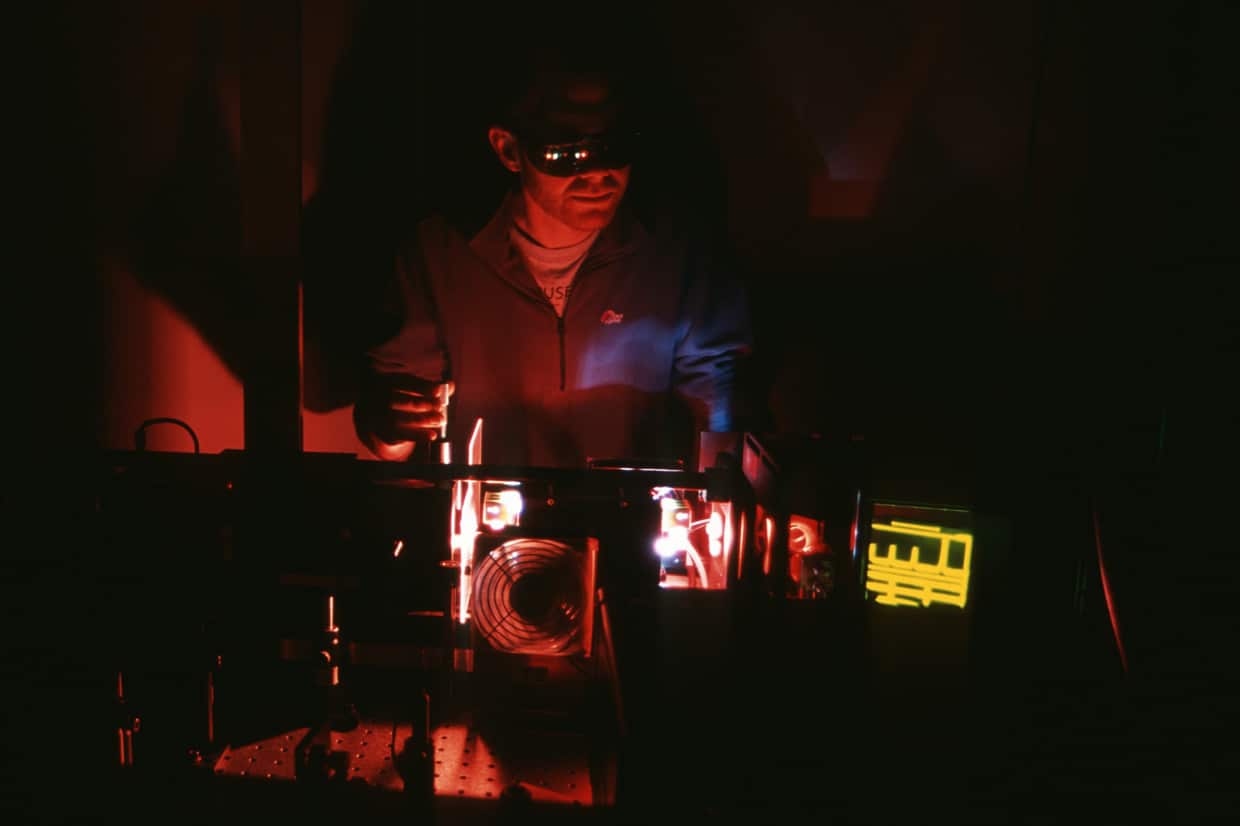
Your polar proposal – become a scientist
There are many areas of polar research. What would yours be?
Activity
A research proposal
Your group has been given the task to come up with a research proposal for International Polar Year. You need to choose one area of research from the previous activity (Polar Science) and explain why your proposal should receive funding.
-
First, read the “Polar sciences” information below, to find out what each of the scientists are researching.
-
When you have chosen your area, fill out and print the research application form.
IPY Research Application Form
Please note that this is not a real job vacancy and is designed to be a class exercise. The form is not a real form and no data is submitted. However, you can print your form entry!
Full name
IPY project name
Arctic, Antarctic or both?
Type of science to be undertaken
Details of the project
Why is the project important?
How could the project collaborate with other areas of polar science?
Polar sciences
Meteorology and the poles
Be a Meteorologist
Study polar weather to find out what’s going on in the skies above the polar regions and how it links to changes in global weather. Is wind speed increasing, or more snow falling? What about air temperature?
Meteorology and atmospheric sciences are areas of science that are involved in trying to understand features of the atmosphere, how they form and how they develop. Meteorology uses specific field data, such as temperature, wind speed, humidity, rainfall and atmospheric pressure to provide short, medium and long-term weather forecasts. Specific features of the polar regions such as katabatic winds and polar depressions can be studied using complex instruments.
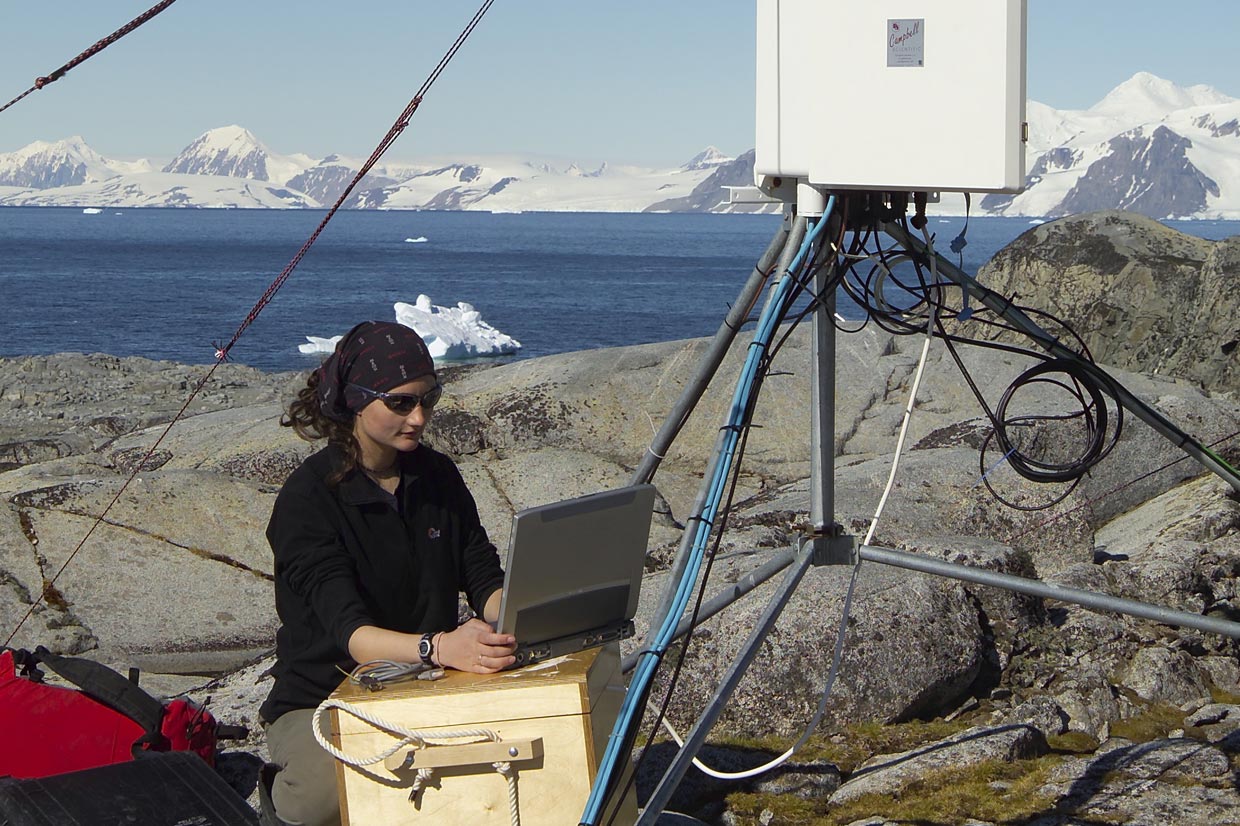
Atmospheric sciences and the poles
Be an Atmospheric scientist
Study the atmosphere high above the polar regions, looking for pollution, ozone and other changes to the atmosphere. Use weather balloons to find out details about the high atmosphere and its different layers. Is anything changing?
The poles are ideal locations to observe the atmosphere and its changes, they are also sensitive environments and make good early warning alarms. In these days of climate change, we need to understand how the atmospheric system works and what impact pollutants have on the environment. Pollutants can remain in the polar regions for a long time and cause significant damage. This was the case with CFCs, that led to the discovery of the ozone hole in 1985.
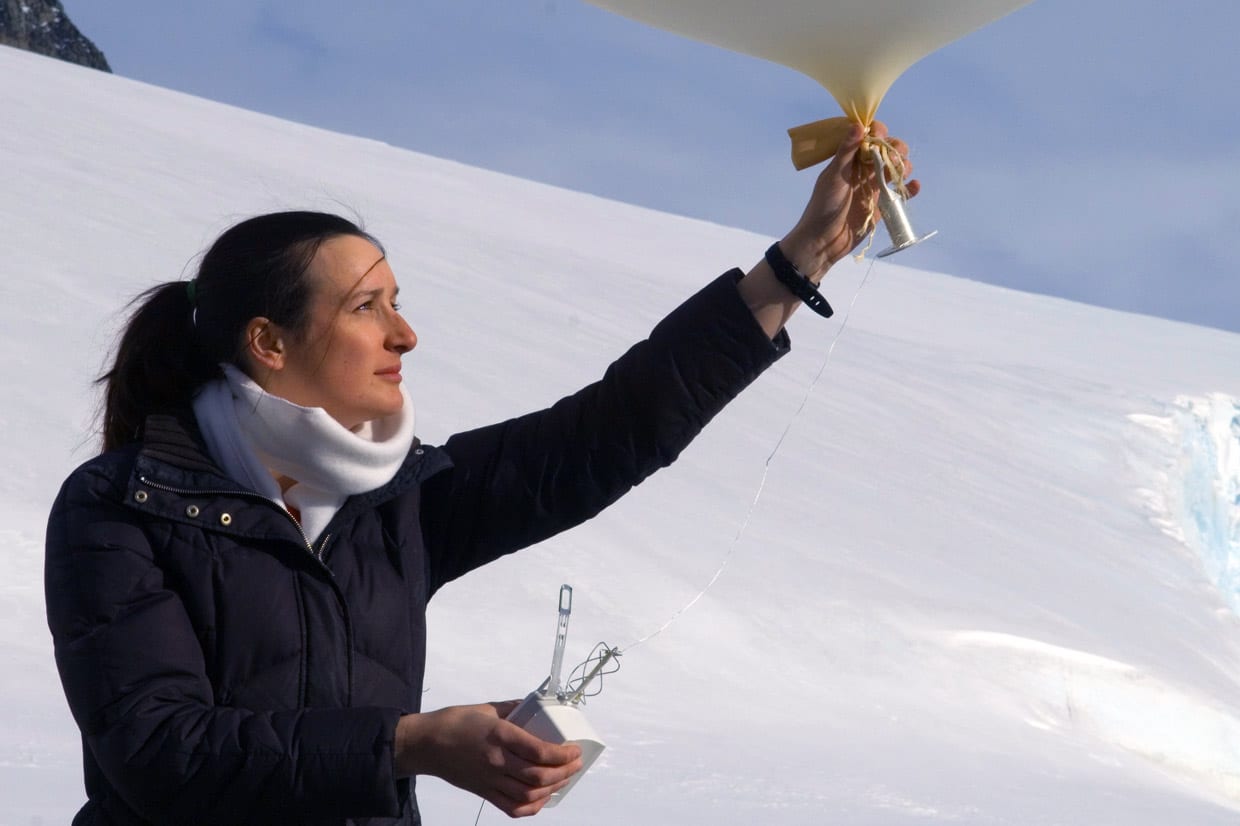
Glaciology
Be a Glaciologist
Study the ice in the polar regions. You can measure its thickness, chemistry and how it moves to improve our understanding of how processes work and see how things are changing. What is happening to the ice?
Glaciology is the science that studies the physical and chemical nature of glaciers, ice caps and icy environments, and the interactions between the air and snow. It is a science specific to the poles and mountainous areas where there are glaciers. An important area of research into glaciology is trying to provide a better understanding of the world’s climate system by reconstructing the history of our climate over the past one million years through ice cores and models of the way glaciers and ice move. With evidence of global warming, changes to the thickness of ice caps and pack ice is being monitored as the melting of the ice caps has a direct impact on sea levels and on the world’s coastal regions.
Read more on the climate of the future page.
In the Arctic, the extent and thickness of the pack-ice has decreased. The icecap in Greenland is beginning to get smaller both in terms of thickness and the area it covers. Land that is frozen all year round – permafrost, is also beginning to thaw.
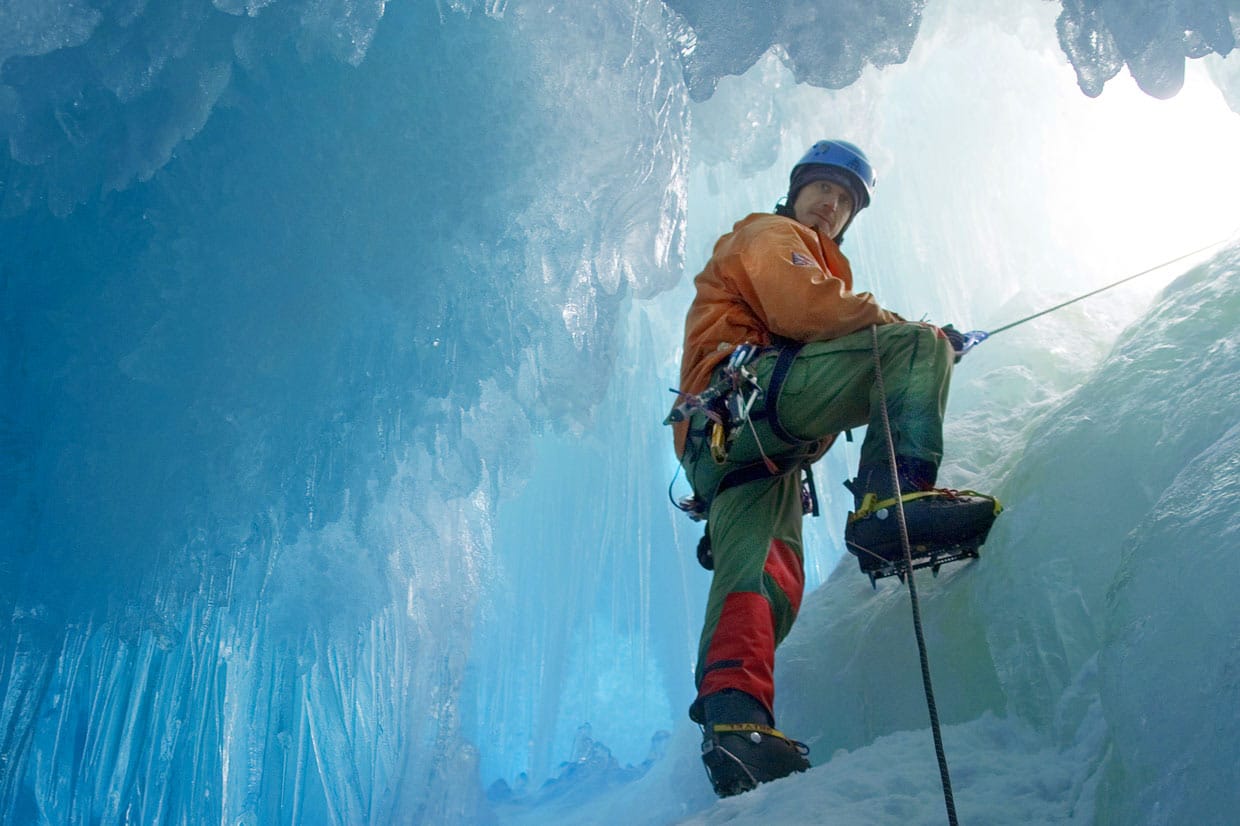
Geology
Be a Geologist
Study the rocks and sediments in the polar regions to help understand past climate and ice conditions. Was there always ice at the poles and what does it mean for the future? How do past ice conditions link to past climate conditions?
Geology is the science that focuses on the history of the Earth since it was formed, as well as the processes that have transformed it, such as the formation of mountains and the flow of rivers. Ever since the first scientific expeditions to Antarctica, explorers have bought back geological specimens which showed in earlier times, the Antarctic has enjoyed a much more gentle climate.
The ground under the poles is also likely to be full of mineral resources. At the North Pole, there could be opportunities for mining gas and oil reserves as the thickness of the pack-ice decreases. However, under the rules of the Antarctic Treaty no exploitation of minerals is allowed.
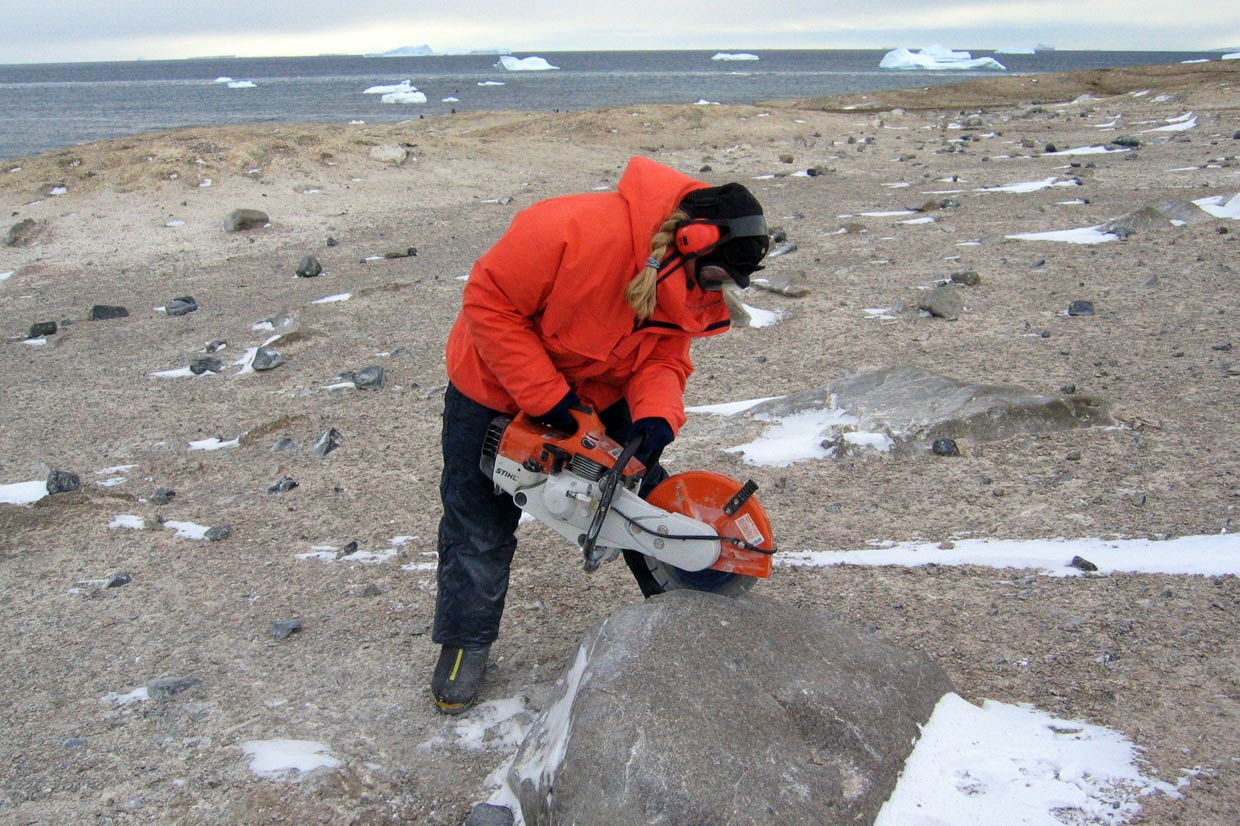
Oceanography
Be an Oceanographer
Study the oceans and seas in the polar regions. Are they getting warmer or colder, and flowing faster or slower? Are they changing in other ways?
Oceanography is the science that studies the oceans and seas. Ocean water interacts with the atmosphere above through exchanges of heat, radiation and gases. Researchers are also interested in the sediment found at the bottom of the polar oceans as it helps to understand the way environmental conditions have evolved over tens of millions of years.
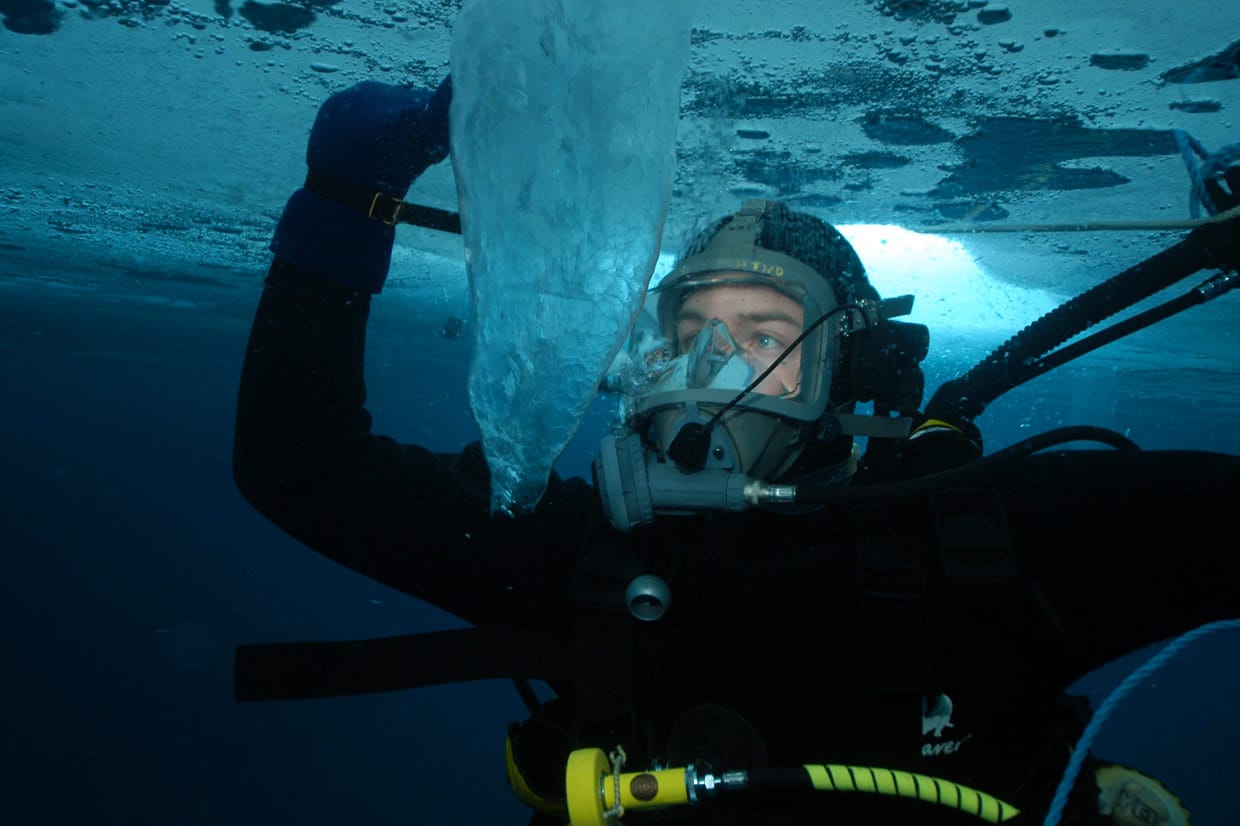
Biology
Be a Marine or Terrestrial Biologist
Study the animals of the polar regions, from the tiny krill in Antarctica to the polar bear in the Arctic. Are their numbers increasing or decreasing? Are they changing their behaviour?
The poles, with their extreme conditions, are full of species that can only be found in these particular regions. The most well known are the polar bear in the Arctic and the emperor penguin in the Antarctic. Species such as these are sensitive to change because they are part of a fragile ecosystem. Biologists are extremely interested in the response of these populations of animals to changes in their environment. How will they adapt? The response of some populations to changes on their environment may have direct consequences on the human environment.

Science and satellites
Be a Space physicist
Study how space interacts with the upper atmosphere using special lasers located in the polar regions. Do solar flares and space weather affect Earth’s climate? Can they cause widespread power outages or other global problems?
For the past few decades, satellites have become an important part of polar research. Satellites have made it possible to track the movements of many animals. They are also used to study changes to the climate. Satellites can also monitor the development of ice and ice caps, even in mid-winter when it is dark for several months, as they give an accurate picture of changes in the volume and extent of ice caps and sea ice. Changes to the hole in the ozone layer are also tracked using satellites.
Space science also features in the polar regions. These virtually uninhabited areas where there is very little atmospheric pollution are ideal locations for observing space and its interactions with Earth’s upper atmosphere.
For further information look at NOAA and British Antarctic Survey
